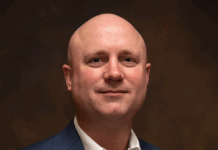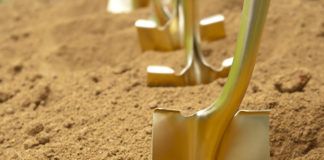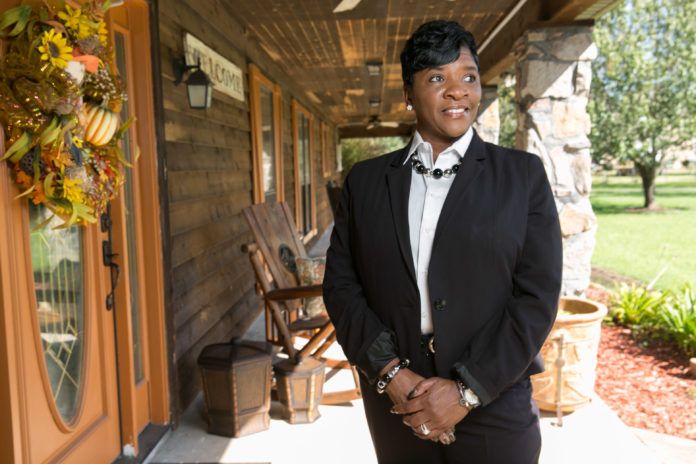
Jackie Green remembers a time when she could sit on the porch of her Prater Road home in Mossville and wave at passersby. She grew up there, and had continued to live there much of her adult life.
Her family’s own rich history is deeply intertwined with the city’s. Rev. Joshua Rigmaiden, her grandfather, was one of the first African American pioneers to settle in Mossville, and was the community’s informal mayor at one time. “I raised my children in that little house,” says Green, currently the director of the Calcasieu Council on Aging. “We knew all of our neighbors and we knew our community.”
After being formed in 1866 by nine families of freed slaves, made possible by the Homestead Exemption Act, the small town west of Lake Charles eventually grew to include a post office, grocery stores, a community center and a smattering of businesses.
Regrettably, by the time South African-based Sasol announced its $11 billion expansion near the town in 2010, things had changed dramatically. It just wasn’t the same—the school was shuttered, youth involvement in the community was down and crime was on the rise. Mossville’s leaders were aging and many familiar faces were gone.
That’s why Green and others jumped at the opportunity offered by Sasol to buy their property. As plant expansion would push the industrial complex precariously close to the small community, the company’s Voluntary Property Purchase Program offered residents an opportunity to voluntarily sell their properties and move to a residential area of their choice. As of March, Sasol had made 780 offers on parcels, of which 583 were accepted, and doled out some $75 million for property acquisitions.
Sasol spokesman Kim Cusimano is proud of her company’s engagement with Mossville and still speaks regularly with community members as issues arise or if they have a concern, acting as a connector of sorts.
“We reached out to them early in the process and communicated our desire to be open and transparent with our plans,” she adds. “We wanted to make a positive impact in their community, and we needed their ideas for how to do that. And honestly, I think that is the success factor of this whole effort. We tried to address nearly every single request.”
Sasol has taken additional extraordinary steps to assist the community—funneling money into a much-needed Southwest Louisiana Workforce Resource Guide and Workforce Resource Guide Scholarship Program, and financing a painstakingly researched effort to preserve and display Mossville’s rich history.
HUGE STEP BEYOND THE NORM
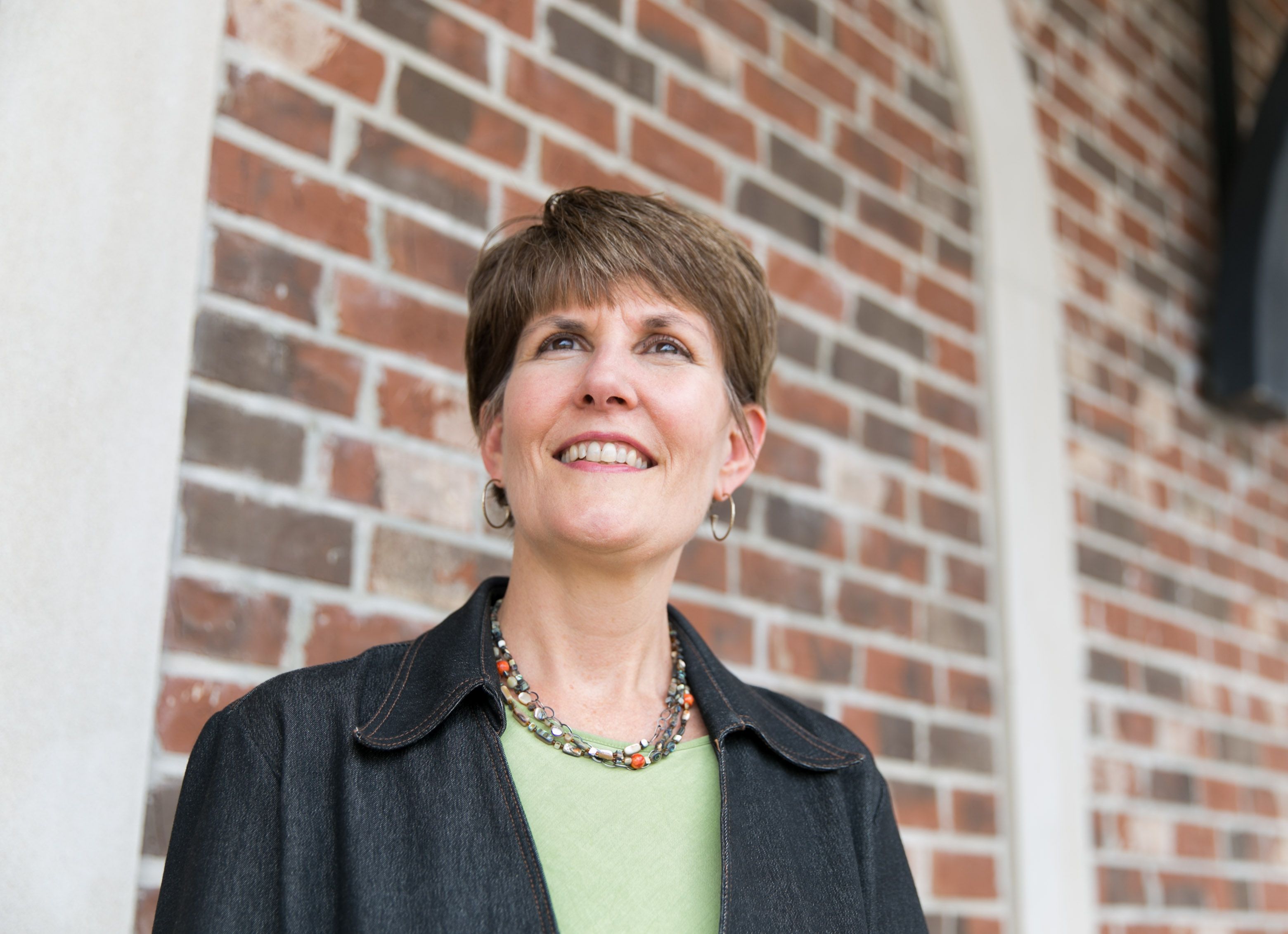
SARA JUDSON, CEO, Community Foundation of Southwest Louisiana, of the job training and mentorship offered to Mossville residents
When Green’s family heard about Sasol’s purchase program, it was one of the first to sign up. Green knew it was time to move. Very little remained of Mossville other than the Rigmaiden Community Center. The school had closed, and over the years many of the businesses had folded.
So her family took the offer from Sasol and settled in nearby Carlyss. Green’s mother moved to an adjoining property.
Sasol’s offers were for the appraised value of the property, plus 40% to 60%, depending upon the type, and minimum appraised values were set at $100,000 for owner-occupied homes. Other allowances and bonuses were made available to help ease the burden of relocation. In the process, independent appraisers evaluated the properties in the area, then established a price through comparable home sales in nearby areas.
Green says there were few families who had titles to their homes, and home values were unclear.
“Back in the day, things were done with a handshake,” she adds. “African Americans were just helping out African Americans.”
Sasol hosted community meetings in Mossville one to three times per month, depending upon community requests, to answer questions and hear input from the community. A Sasol representative also met individually with residents, by appointment, twice a week in the old school building.
While Green is happy with her decision to sell, it was a huge adjustment. She’d lived in Mossville her entire life, and her mother had lived in the same home since birth. “But when you go back to the community and see what they [Sasol] built, you understand that you would not have wanted to stay there,” she adds. “And for me, I wanted to see the young people of the community get jobs and an education. Let’s help encourage that type of development. Even if it means separating us, it’s going to grow us.”
Cusimano says Sasol has no plans to use the property that was purchased in Mossville. Some of it has actually been donated to the Louisiana Construction Education Foundation and Associated Builders and Contractors Pelican Chapter for a new craft training center.
CAPTURING HISTORY
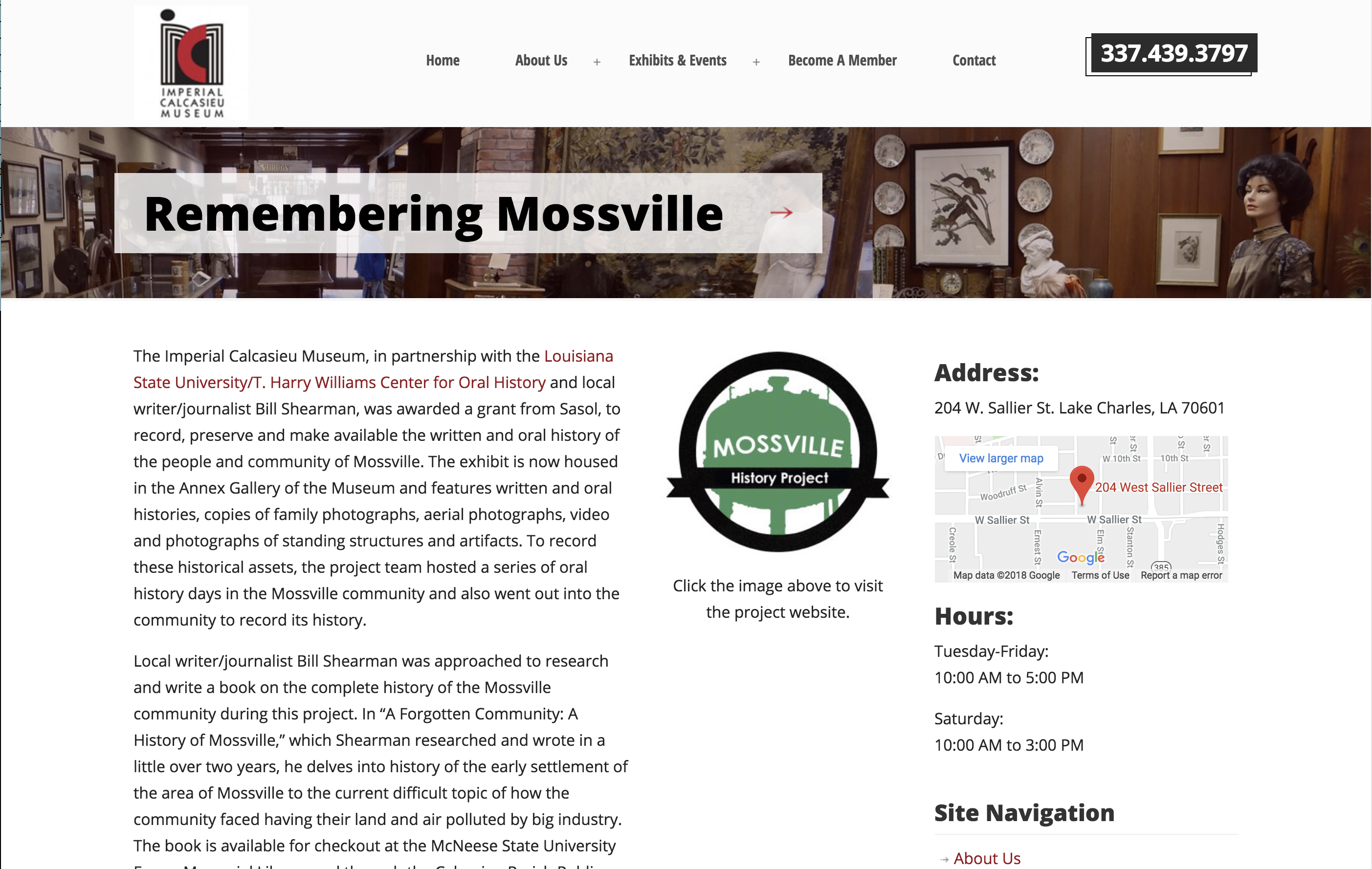
Perhaps a bit more “outside the box,” Sasol also financed the groundbreaking Mossville History Project to capture, preserve and display a written and oral history of the community.
Susan Reed, executive director of the Imperial Calcasieu Museum in Lake Charles, says the idea was born during a lunch meeting with Sasol a few years ago. “We felt it was important to capture the oral history of the community, passed down through the many generations, as well as the written history,” Reed says.
As such, the museum contracted with the T. Harry Williams Center for Oral History at LSU to compile a comprehensive history, under the supervision of director Jennifer Abraham Cramer. In the process, it coordinated several well-attended oral history days at the Rigmaiden Center, and compiled some 80 hours of oral histories on topics ranging from the way life was lived to old herbal remedies.
Transcripts of the histories are available to the general public at the museum, the McNeese State University archives and the LSU library. A local journalist, Bill Sherman, also wrote a book based on the testimonials. “We’re so excited to be able to tell the story and make people aware of this community and the people in it, and what they did,” Reed says.
A free-to-the-public exhibit in the museum annex will complement the project for another two years. Displays were designed and created by museum exhibit coordinator Devin Morgan from memorabilia donated by the community, such as an old black iron kettle used to wash clothes, old yearbooks and football jackets, and various photographs of the nine original settlers and their descendants.
“We actually have a tombstone for Thomas Rigmaiden, who settled in the area in the late 1700s,” Reed says.
Next up, she plans to develop a “Mossville heroes” exhibit and is asking community members for nominations.
A JOB ROADMAP

As another Mossville-inspired endeavor, Sasol funded the Southwest Louisiana Workforce Resource Guide, targeting those who might otherwise be excluded from the “workforce development pipeline.”
The impetus for the guide came from Sasol’s engagement with Mossville clergy. “They wanted their people to have access to opportunities, along with the appropriate training,” says Sasol’s Cusimano. The guide’s six-step model helps individuals choose a career, acquire training, certifications and basic life skills, prepare a résumé and ultimately land a job.
Mentor engagement and training are its cornerstones, as well as collaboration among southwest Louisiana workforce development groups, the regional chamber, the parish library system and educational institutions. To date, more than 15,000 of the guides have been distributed and more than 170 mentors have been trained on the resource guide model.
Along the way, Sasol worked with the Louisiana Workforce Commission, the Seed Center for Economic Development in Lake Charles and others. The company continues to fund the guide’s development, marketing and promotion through the SWLA Economic Development Alliance and the Community Foundation of Southwest Louisiana, as well as monthly free-to-the-public workforce readiness workshops to improve interview and résumé building skills.
Stephanie Seemion, director of the Calcasieu American Job Center, says the guide has been hugely popular. “It’s a tool that compiles everything we do in one resource—administering tests for employers, job regimen workshops, job assistance and job placement. It lists various resources that an individual might need.”
As an offshoot of the project, Sasol partnered with the Community Foundation of Southwest Louisiana to administer the Louisiana Workforce Scholarship Program, thereby providing dollars for tuition, training costs, support services and technical support.
Sarah Judson, CEO of the community foundation, says her organization has awarded more than 120 scholarships to date. “The current mission, based upon the goals of the donors, is to support crafts and skills training for area industry, so we have focused on things that are in demand in our region right now,” Judson adds. In the process, the foundation works closely with SOWELA and ABC to ensure that they are in sync with course offerings.
The program also includes the services of a career counseling team and volunteer mentor. Mentorships, in fact, are a key component. More than 50 people have served as mentors from 15 weeks to a year, depending upon the program. “It is truly a holistic approach,” Judson says.
Today, Sasol’s social investment program remains robust, as it contributes some $1 million a year to southwest Louisiana charitable and nonprofit organizations. Much of the funding goes toward STEM education, small business development or environmental initiatives.
“This is not out of character for us,” Cusimano says. “I think the common denominator is that [the programs are] all community member driven and recommended, and they all are founded upon strong partnerships with existing community networks.”



